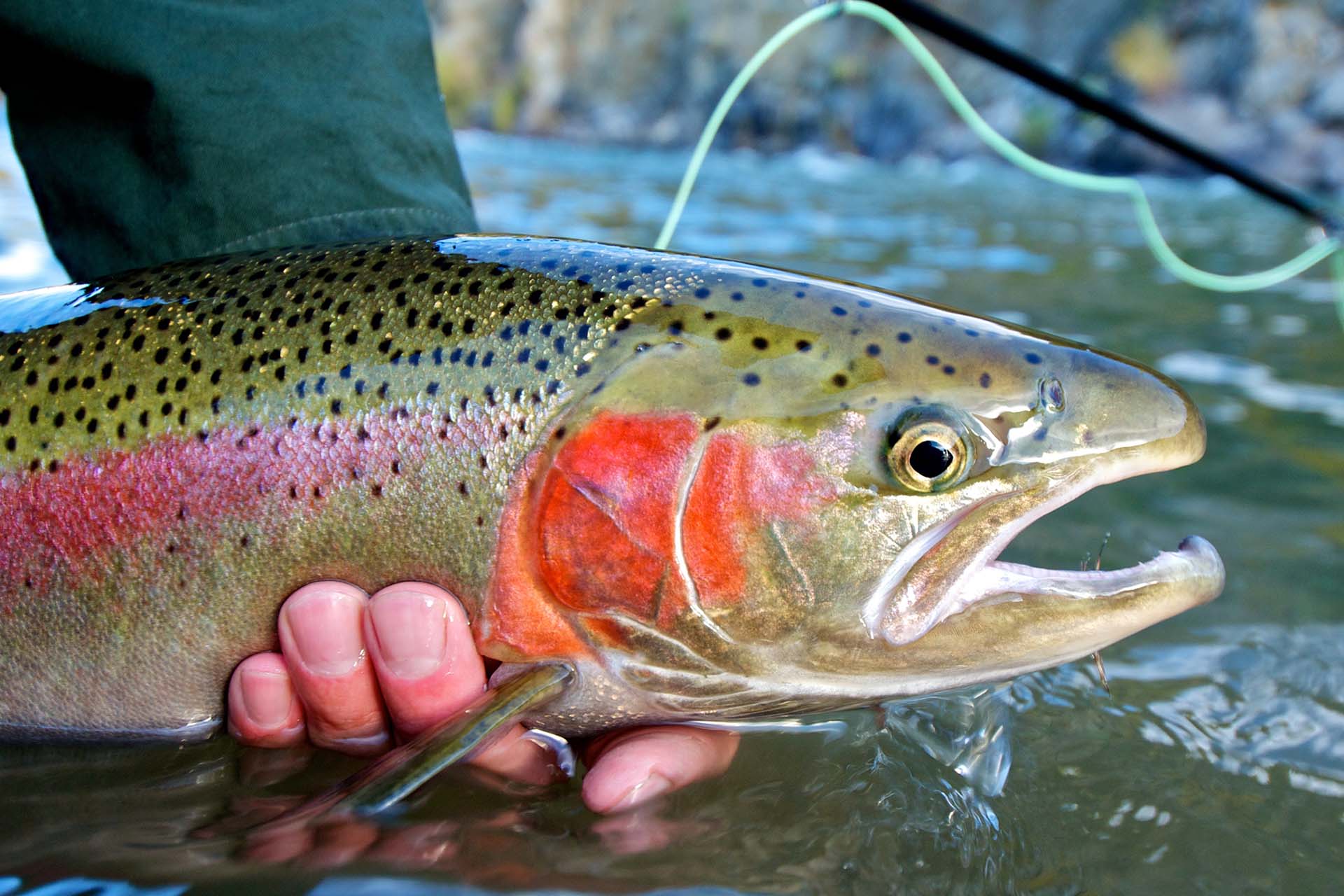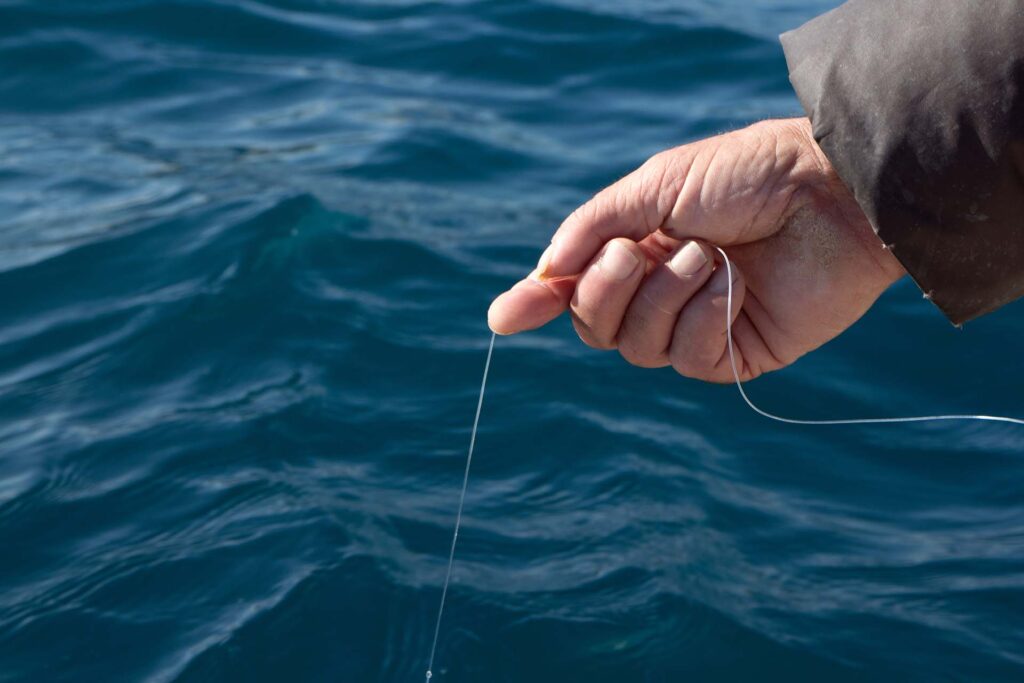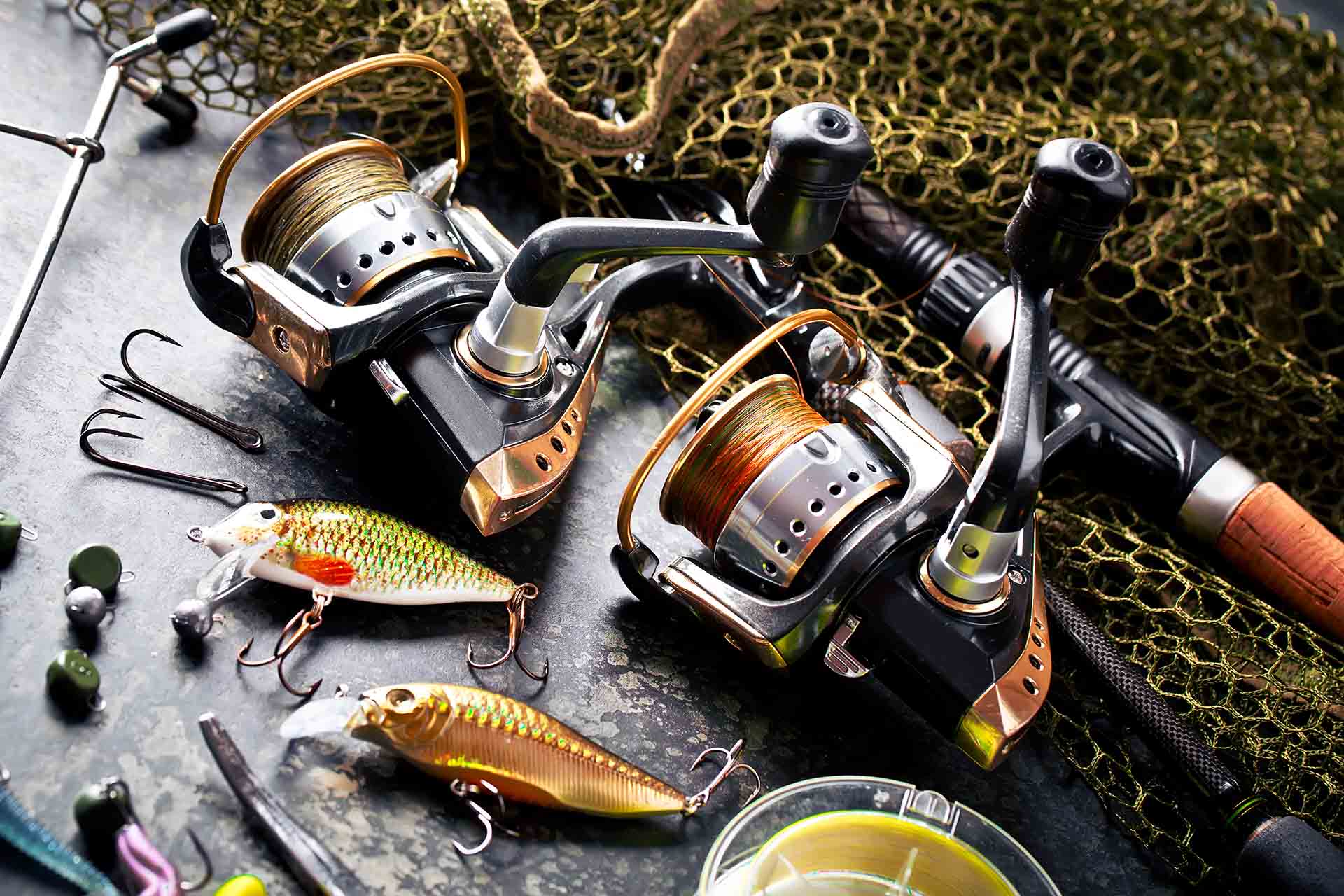If you love to spend your days angling, chances are you’ve hooked some trout at least a few times. They’re one of the most popular fish and can be found swimming in many places worldwide. But did you know that there are different types of trout fish? So, let’s break down exactly which is lurking in your favorite body waters and how to best catch them – I guarantee you won’t get home empty-handed next time.
An Overview of the Most Common Types of Trout
Before I get into detail about each species, let’s take a look at their main characteristics:
| Type of Trout | Average Size | Preferred Habitat |
|---|---|---|
| Rainbow | 10-12 inches | Cold, clear freshwater streams, rivers, and lakes of North America |
| Brown | 12-18 inches | Faster-moving streams and rivers with rocky bottoms in Europe, Asia, North, and South America |
| Brook | 6-9 inches | Small, cold, clear streams and creeks of Eastern North America |
| Cutthroat | 9-17 inches | Small to medium streams and rivers with cold, clean water in Western North America |
| Lake | 20-40 inches | Large, cold lakes and reservoirs in North America |
What Should You Know About Rainbow Trout
Let’s start with the one you’re most probably acquainted with, no matter if you’re a beginner angler or an experienced fisherman – it’s the rainbow trout. Known for their colors and strong fighting ability, this species has a torpedo-shaped body with small fins and a slightly forked tail. Their scales are small and smooth, and they have a slimy coating on their skin that helps them swim faster and avoid predators.
With a greenish-blue back that fades to silver-white on their belly, trout also have a distinct pink stripe speckled with black spots along their sides. This species has a size range from just a few inches to over 20 pounds, with an average size of around 10-12 inches.
Where Does the Rainbow Trout Live?
Rainbow trout are native to North America and can be found in a variety of habitats. Still, they’re among the most common fish in cold, clear freshwater streams, rivers, and lakes throughout the United States and Canada.
Due to its popularity among anglers, rainbow trout have been introduced into many other countries, and this has been a common practice for several decades now. However, certain ecosystems have been negatively impacted by this invasive species, leading to a decline in native fish populations. Hence, limiting the introduction of rainbow trout to other regions is essential to prevent further harm.
What Are the Best Fishing Techniques for This Species?
Rainbow trout are a popular game fish that can be caught in a variety of ways, including fly fishing, spin fishing, and trolling. The choice of technique usually depends on the angler’s preference, location, and behavior of the fish.
Nymph fly fishing is probably the most commonly practiced way to land this species, as they are known to be fond of various types of flies. This angling technique involves the use of a specialized rod and fishing reel that was designed to cast an artificial fly.
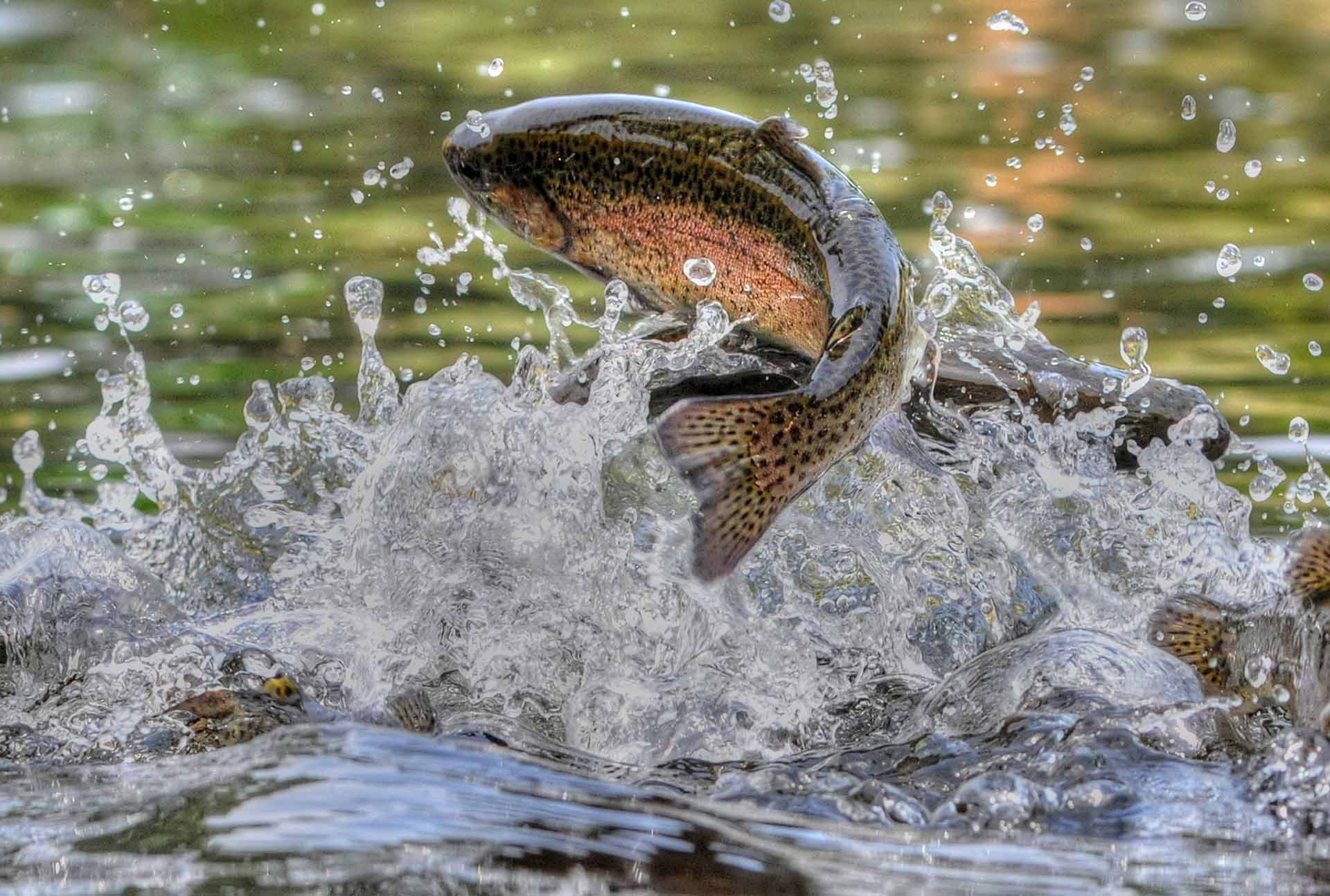
What Should You Know About Brown Trout
Brown trout is a brownish-green colored fish known for its black spots that are surrounded by a yellowish halo. They have small fins, a slightly forked tail, and a larger mouth compared to other species in their family.
The average size of the species ranges from 12-18 inches, although some can grow up to 40 pounds. They have a slime coating, perfect for swimming and avoiding predators, as well as an excellent sense of sight, making them a challenging but exciting catch for anglers.
Where Does the Brown Trout Live?
Brown trout is native to Europe, Asia, and North Africa and is found in a variety of freshwater habitats, including slow-moving rivers, fast-flowing streams, and lakes, with their preferred habitat being the rocky bottoms of these bodies of water.
This species needs clean, well-oxygenated water and are typically found in areas with vegetation, such as algae, weeds, and submerged logs. Like the rainbow trout, they have been introduced to many other countries globally, including North America, where they have become a popular game fish.
What Are the Best Fishing Techniques for This Species?
When it comes to landing yourself some brown trout, the techniques that should be employed are the same as with its rainbow counterpart. That means fly fishing, spin fishing, and trolling are great ways to land this impressive catch. With your chosen angling style and the right fishing rod by your side, you’ll surely end up with a fishy surprise.
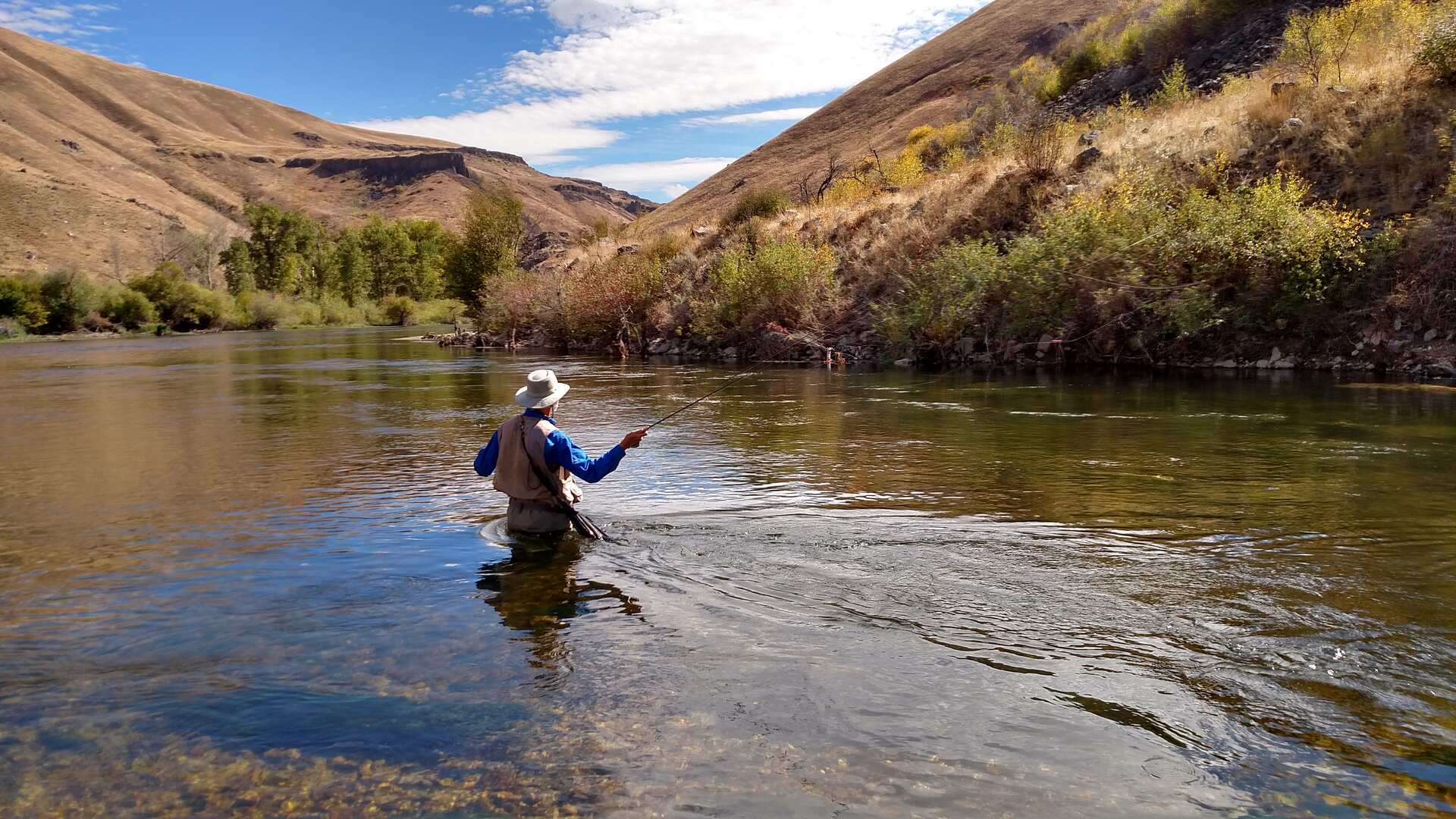
What Should You Know About Brook Trout
Brook trout are known for their elongated, torpedo-shaped body that tapers towards the tail. Their dorsal fins are positioned towards the back of their bodies, and they possess an adipose fin on their backs.
Their body is dark green or brown colored, with a speckled pattern of red, yellow, and orange spots that run along their sides. These spots are often surrounded by blue halos, which makes identifying the species relatively easy. While brook trout are generally smaller than other species in their family, some specimens can grow up to 20 inches in length.
Where Does the Brook Trout Live?
Brook trout is native to the Eastern regions of North America and are typically found in freshwater habitats, such as small streams, rivers, and lakes. They prefer clear, cold water with moderate to fast-flowing streams with plenty of oxygen and natural covers, such as rocks, logs, or vegetation.
What Are the Best Fishing Techniques for This Species?
Like with other types, there are various ways to land yourself a brook trout. Besides the aforementioned techniques, such as fly fishing and spin fishing, another tactic that might specifically work with this species is bait fishing. This style involves using live fish bait, like worms or insects, to attract your target. For this, anglers can use various methods, including bottom fishing or drift fishing in areas where brook trout are known to feed.
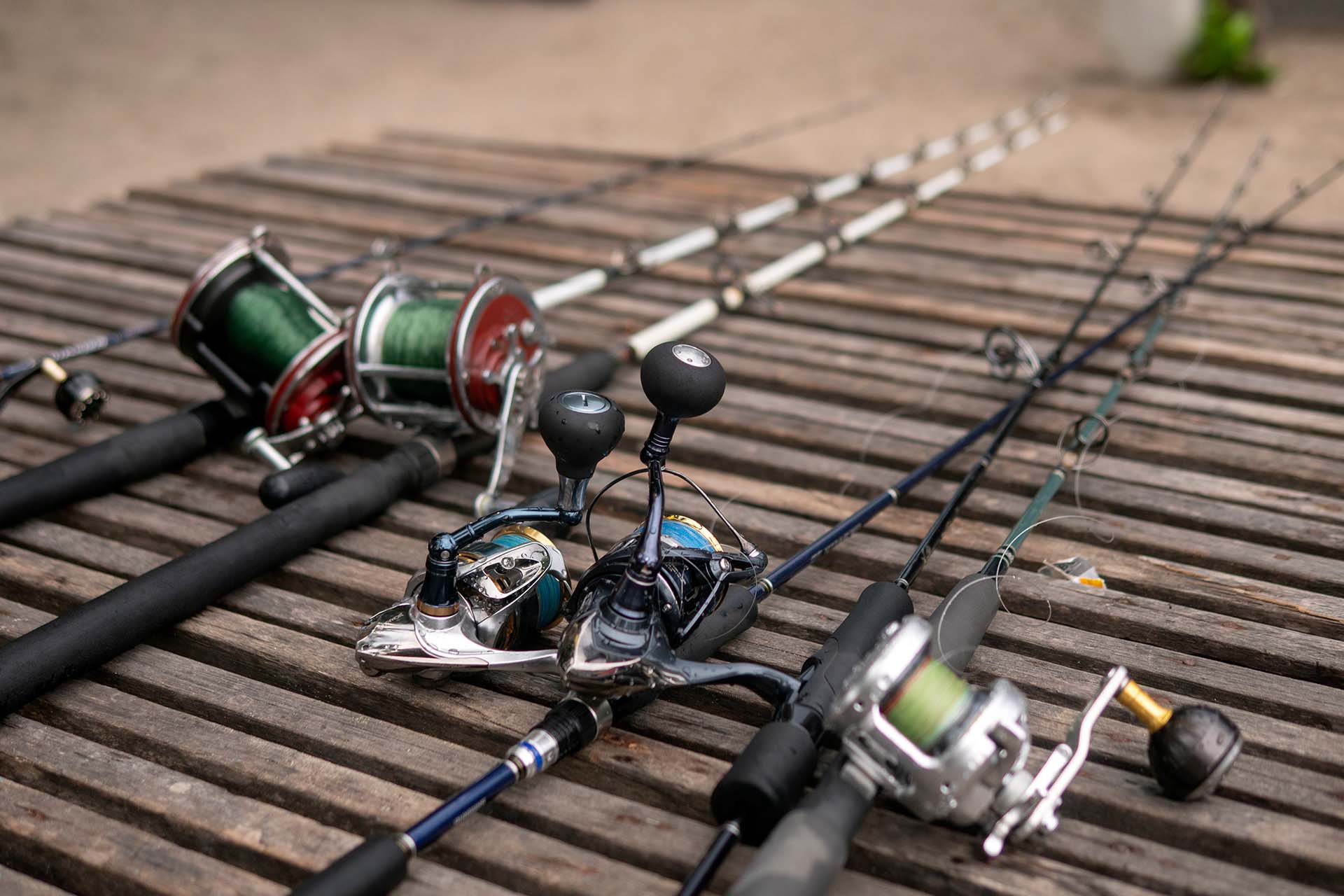
What Should You Know About Cutthroat Trout
Now, let’s take it to the West Coast and talk about cutthroat trout, probably the most distinct type of all. The reddish-orange slashes under their jaws and their greenish-brown to grayish-blue back with silvery sides really sets them apart from the rest.
Cutthroat trout have excellent camouflage, which helps them avoid predators, and they possess a slimy coating that protects them from diseases and parasites. They have small scales and fins with a slightly forked tail and a small adipose fin. All in all, this species is a moderately sized fish that can range from 10-18 inches, with some specimens being as big as 40 inches.
Where Does the Cutthroat Trout Live?
Cutthroat trout are native to the western regions of North America, and they are usually found in freshwater habitats with clean and cold water, including rivers, streams, and lakes. This species prefers moving water and are usually found in riffles, pools, and runs, locations that provide enough food, cover, and oxygen they need to survive.
They also prefer habitats with adequate riparian vegetation, such as logs, submerged trees, and rocks, which are essential for breeding, hiding from predators, and sheltering from currents. Like other species, they have been occasionally introduced to other regions outside their native range, although it is illegal in some states due to conservation reasons.
What Are the Best Fishing Techniques for This Species?
When it comes to fishing techniques, here we have the same situation as with other species in the trout family, meaning they can be caught in many different ways. From fly fishing with a tippet line to trolling, the choice depends on the angler’s preference and location. To ensure success, it’s best to be well-informed about the behavioral patterns of the specific species you’re targeting, as that will help you immensely in understanding which tactic to go for.
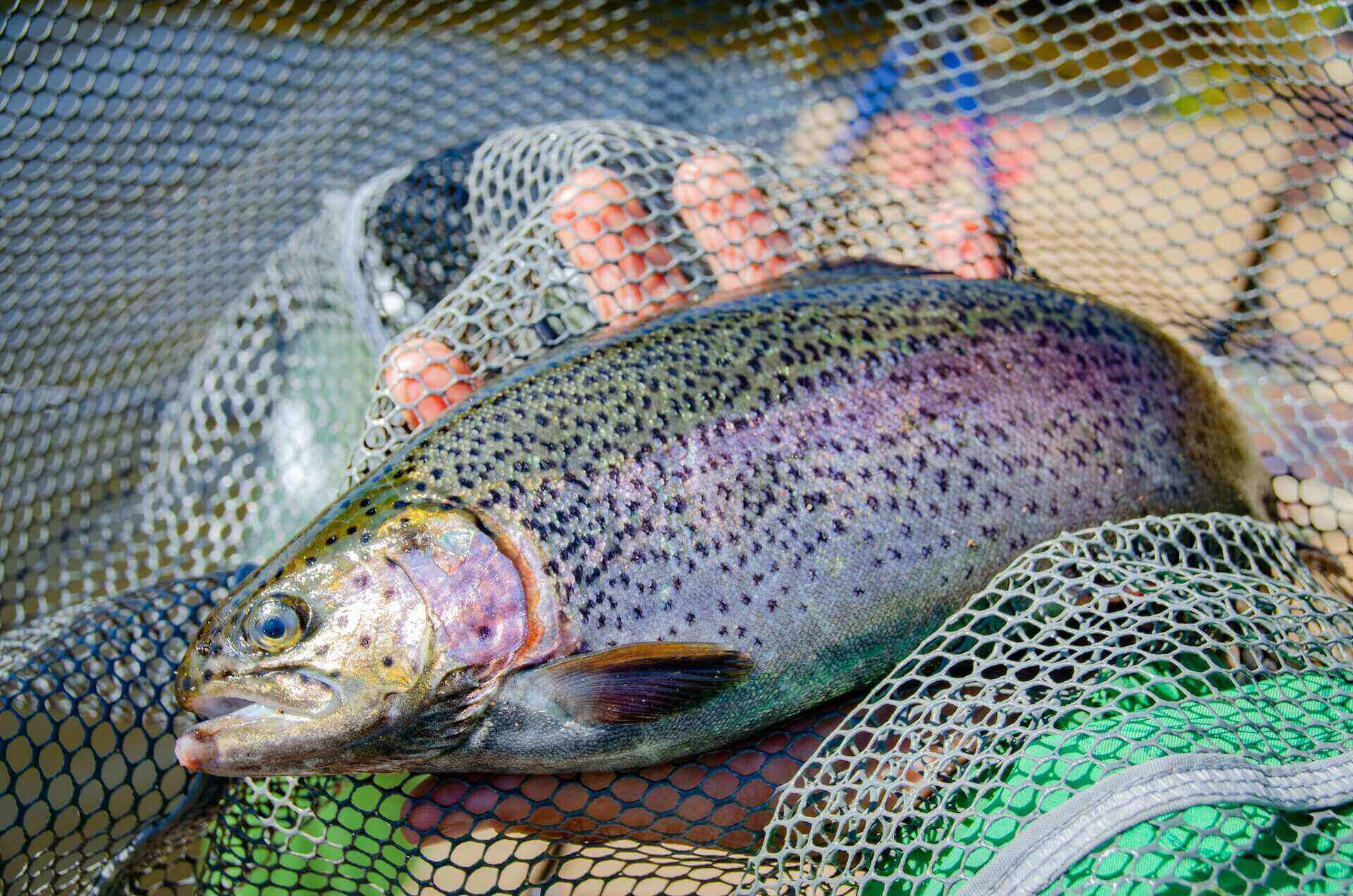
What Should You Know About Lake Trout
Lake trout display several physical characteristics that allow them to thrive in their habitats. Lake trout exhibit unique anatomical traits with broad, deeply forked caudal and pelvic fins, torpedo-shaped bodies, and a large head and mouth. Their dorsal fins appear closer to the center of their bodies, and they have an adipose fin on their backs.
These fish are among the biggest freshwater species in North America, growing up to 3-4 feet in length and up to 100 pounds in weight. With a slimy skin coating that protects them from infections and respiratory adaptations, lake trout call for a big challenge for sport fishers who value them as a trophy.
Where Does the Lake Trout Live?
Lake trout prefer cold, fresh water and can be found in many of North America’s larger lakes, hence the name. They prefer deep water, with depths that can range from 80 to 200 feet, but they can thrive in both clear and murky waters as long as there are areas with strong currents.
Lake trout usually prefer habitats with steep drop-offs and underwater structures such as rocks, logs, and weed beds that they can use for cover and foraging. They spawn in shallow water areas and rocky shoals in the fall season. Additionally, this species is known for its ability to inhabit deeper waters and often feed on prey species found near the lake’s bottom, so keep that in mind when you’re making fish bait.
What Are the Best Fishing Techniques for This Species?
Lake trout is a favorite among sports fishing enthusiasts, and there is a wide range of techniques they employ, from using a lightweight fly fishing rod to taking a boat ride and trying out some trolling. Because of their behavioral patterns and preference for deeper waters, another popular technique that’s commonly used is deep-water jigging.
Comparing the Types of Trout – What Fishing Techniques to Use for Each
Now that you know a little more about each of these, let’s underline once again which fishing techniques are best for each type:
- Rainbow trout – fly fishing, spin fishing, trolling,
- Brown trout – fly fishing, spin fishing, trolling,
- Brook trout – fly fishing, spin fishing, bait fishing,
- Cutthroat trout – fly fishing, spin fishing, bait fishing, trolling,
- Lake trout – fly fishing, trolling, deep-water jigging.
As you can clearly see, most types of this species can be caught at the end of your fish hook by employing the fly fishing technique. This style of angling requires special gear, including a lightweight fishing rod and an artificial fly as a lure. Additionally, it’s important to note that there are plenty of regulations around this species, so make sure you thoroughly research them and get prepared for some catch-and-release practice.
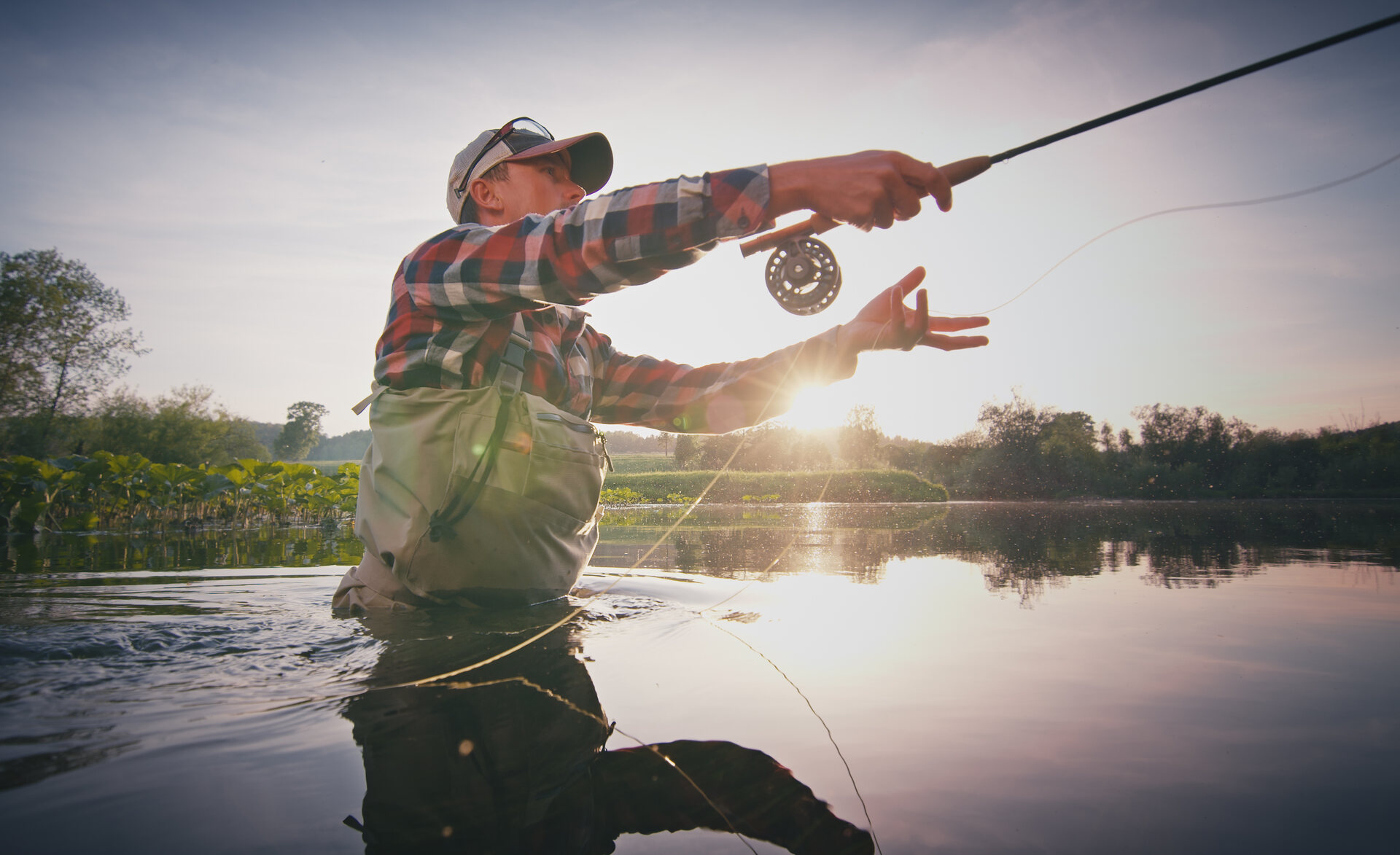
When You Learn Everything About the Fish It Will Be Easier to Catch It
There you have it – everything you need to know about each type of this majestic creature. Understanding the physical characteristics, habitat preferences, and behavior of a fish you’re targeting can be of great help in deciphering what technique, gear, and bait to use. But that’s enough book knowledge for now – the most important things will be learned along the way, so get out there and land yourself some trout!


